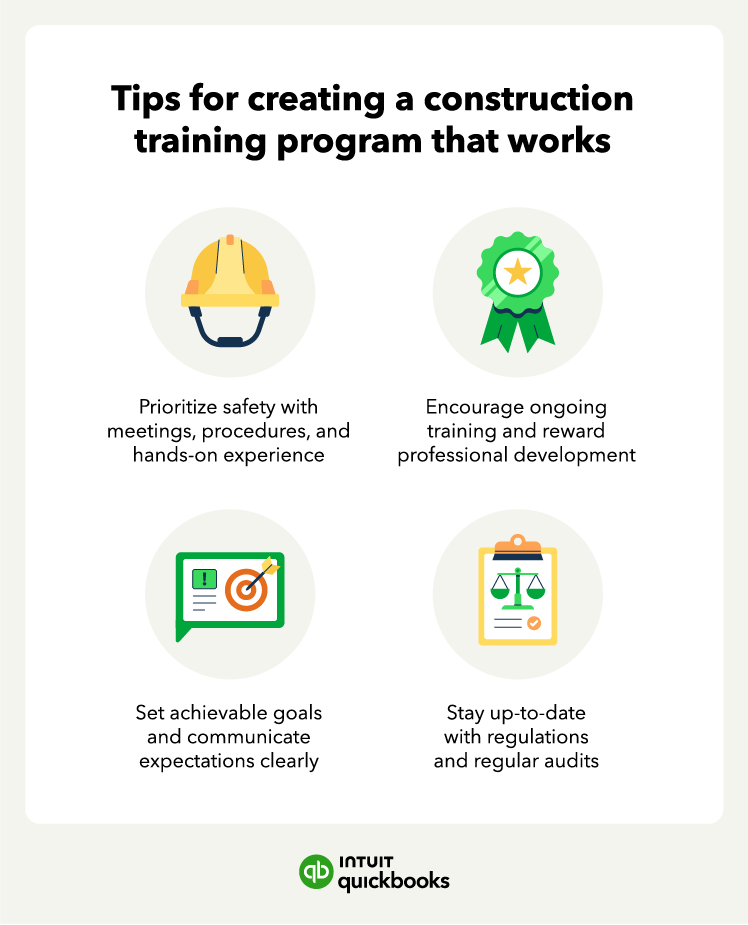First Aid and CPR
Construction workers need to know how to respond in an emergency, including knowledge of first aid and how to administer CPR. First aid and CPR training can mean the difference between a minor injury and a serious one. In some cases, even life and death. You can find first aid and CPR training courses by visiting the American Heart Association and Red Cross websites.
Construction math and measurement
You have to be precise when making measurements and calculations in construction. Mastering these skills helps workers learn how to read blueprints, accurately measure materials, and make the right calculations when cutting, aligning, and installing parts.
As a result, construction projects will be completed to specification, and materials used as intended. Some courses include:
Electrical safety basics
Does your team come into contact with electrical systems or equipment? If so, they need to know how to interact safely with them. Electrical safety training includes topics like how to identify electrical hazards, how to use tools and equipment safely, and understanding the proper procedures for working with live circuits. This training helps prevent severe injuries and even death.
According to the Electrical Safety Foundation, 6% of all workplace fatalities were caused by contact with electricity.
Some training courses include:
Material handling and rigging
Construction workers interact with all types of materials and need to know how to handle them properly. These trainings teach workers how to safely lift and move head loads using massive equipment like cranes and forklifts.
Rigging and slinging training are especially important because they also involve using objects like ropes, slings, and chains to secure loads for lifting. By using these machines and their components safely, you’ll reduce the risk of injury and death on the worksite.
Some training courses include:
Welding techniques
Welding requires a combination of technical knowledge and hands-on experience. On-the-job training in welding offers workers both by showing them how to weld safely and efficiently.
Whether working with steel, aluminum, or other materials, welding training involves understanding different types of welding and how to use welding equipment properly. By learning these skills, workers are better equipped to avoid burns, electric shocks, and exposure to harmful fumes.
Some training courses include:
Also, keep in mind that technical skills aren’t the only things construction worker training is needed for. To keep worksites safe, you should also require these on-the-job-training construction fundamentals:
- Clear communication and teamwork: Train workers to communicate effectively and work together. Effective communication can prevent misunderstandings and create a safer, more productive work environment.
- Proper recordkeeping and documentation: Employers should keep accurate records and documentation when tracking progress, keeping safety records, and ensuring compliance with regulations. When you train workers in the areas mentioned above, make sure that they complete the necessary paperwork correctly and on time.




